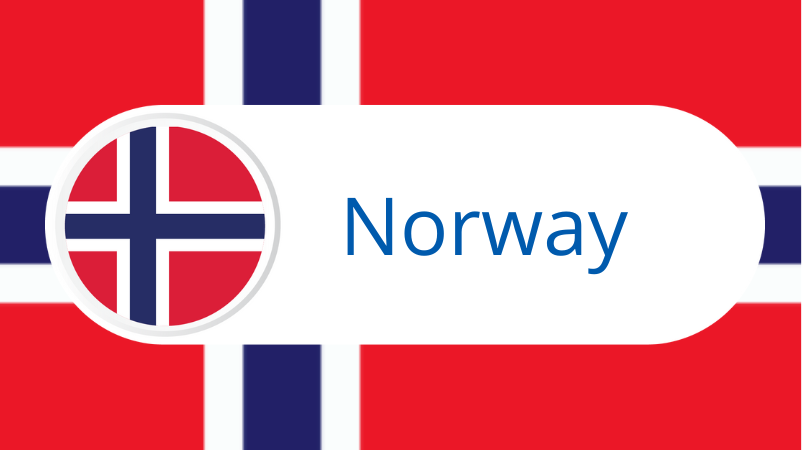CLP Regulation New hazard classes for ED, PBT, vPvB, PMT, vPvM substances

The new hazard classes (ED, PBT, vPvB, PMT, vPvM) have officially been included in the CLP Regulation since March 2023. This change has raised many questions. As a supplement to our previously provided Coffee-Break Webinar on this topic, we have compiled a number of frequently asked questions:
What are the new hazard classes in the CLP Regulation?
- Endocrine disruptors (ED) affecting human health or the environment.
- Persistent, bioaccumulative, and toxic (PBT); very persistent and very bioaccumulative (vPvB).
- Persistent, mobile, and toxic (PMT); very persistent and very mobile (vPvM).
When were the new hazard classes introduced?
The new hazard classes have been in effect since April 20, 2023. There are transitional periods during which companies are not required to classify their substances or mixtures according to the new hazard classes. However, they can choose to apply them voluntarily. At the end of the transitional periods, all companies must apply the new hazard classes.
When am I obligated to apply the new hazard classes?
Different transitional periods have been set for substances and mixtures. For new substances on the market, companies must comply with the new rules starting from May 1, 2025. Companies that already have substances on the EU market have until November 1, 2026, to comply with the new hazard classes.
Starting from November 1, 2026, all substances must comply with the new hazard classes. For new mixtures on the market, companies must comply with the new rules starting from May 1, 2026. Companies that already have existing mixtures on the EU market have until May 1, 2028, to comply with the new hazard classes.
From May 1, 2028, both substances and mixtures must comply with the new hazard classes, and the classification and labeling must be updated.
Are these hazard classes also applicable outside the EU?
No, these hazard classes have only been introduced in the EU. Outside the EU, these hazard classes are not assigned to substances and mixtures.
We will all have to experience how the correct information reaches us. Communication within the supply chain is now more important than ever. The first step is now up to the suppliers of individual substances.
If you want to learn more about the recent adaptation of the CLP, check out the Coffee-Break Webinar given by Man Teng Fung on this topic.
Coffee-Break webinar - CSS: https://www.youtube.com/watch?v=kWUImSIlSyI&t=3s
Coffee-Break webinar - CLP revision: https://www.youtube.com/watch?v=itjHyQZ31x0





